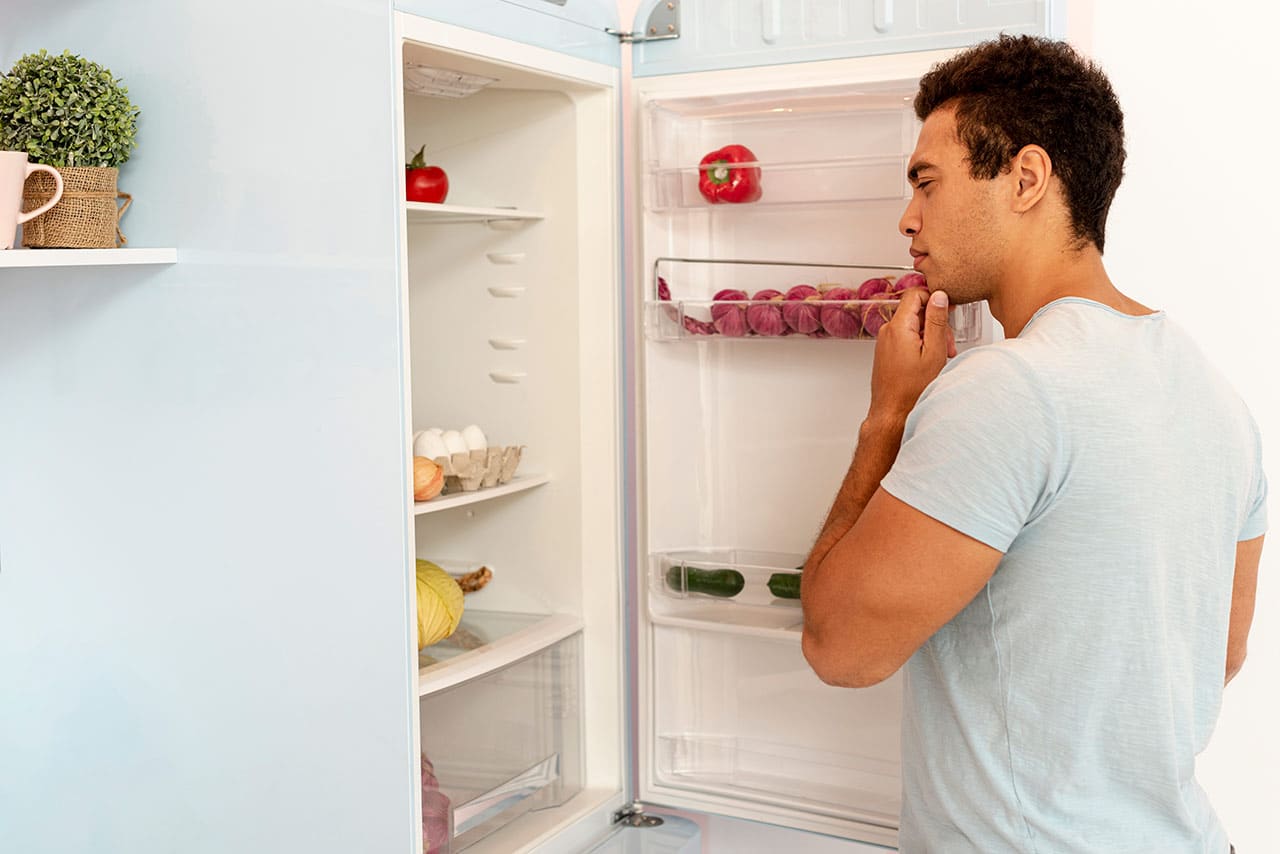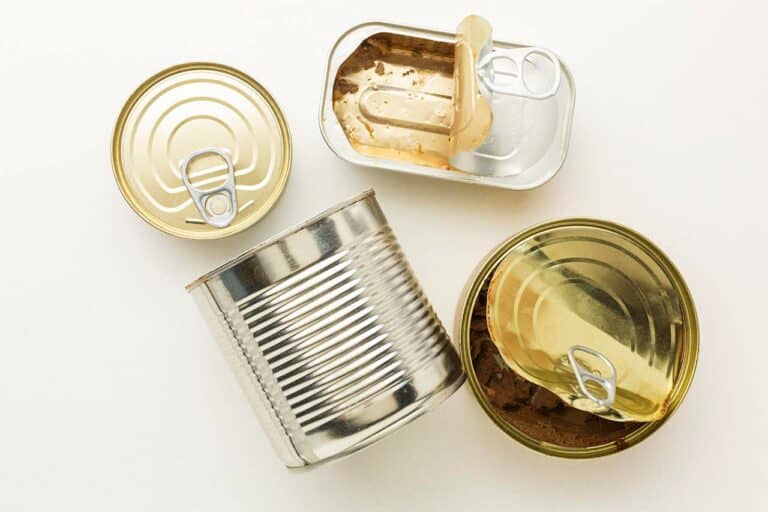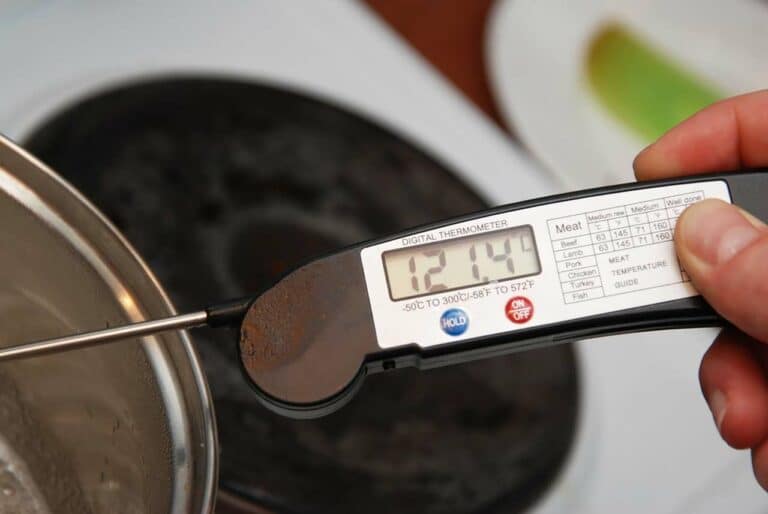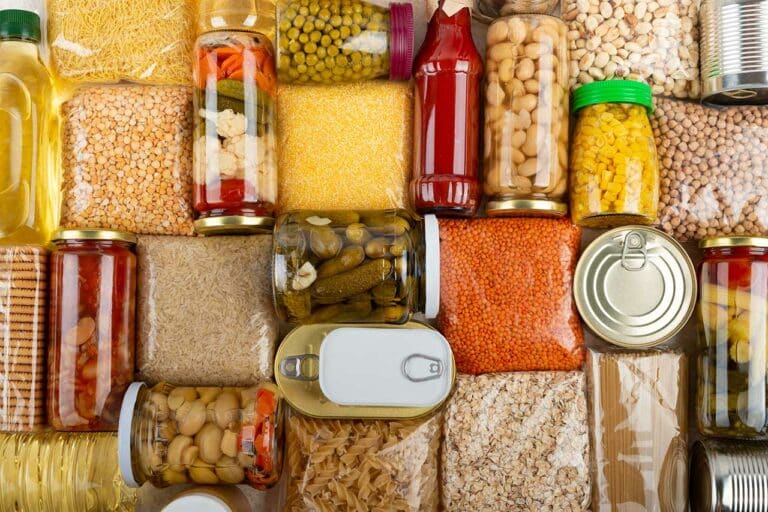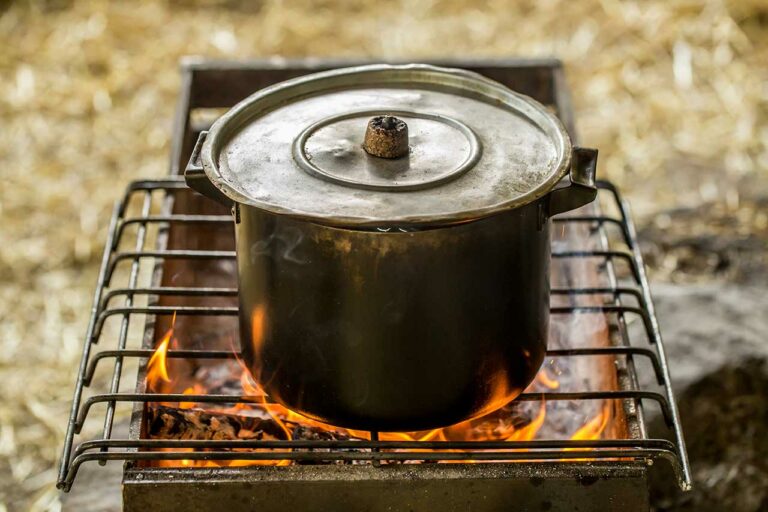Extend Life Of Food In The Fridge: Power Outage Survival Guide
Power outages can strike at any time, and that can be bad news for the food you’ve got stored in your fridge. But, in the even of a blackout, there’s no need to panic. You can still take action to make sure your groceries stay fresh for as long as possible. Knowing what to do during a power outage can extend the life of your food and save you from having to toss those precious perishables.
An important thing to remember is that during a power outage, your refrigerator and freezer are still incredible assets. Their ability to keep food cold and safe to eat depends on how well you manage them during the power outage.
So, let’s get into some key practices you should follow to protect your food and minimize the risk of spoilage.
How Long Will Refrigerated Food Stay Cold In A Power Outage?
First things first, a closed fridge can keep food safe and cold for up to 4 hours during a power outage. But that’s ONLY if the door stays closed. So, do your best to resist peeking in there and keep that door shut as much as possible. Remember, every time you open the refrigerator, you’re letting cold air escape, which raises the temperature and speeds up the time to your food’s untimely demise.
So, what if the power’s out for longer than 4 hours? Here’s where you’ve got to get a little bit proactive. If you’ve got a cooler and some ice (or frozen gel packs), you can transfer your refrigerated perishable foods to the cooler to keep them safe. Aim to maintain a temperature of 40°F or below to prevent bacteria from taking hold. If you see the ice starting to melt, it’s time to throw in some more to keep things chill. But don’t check it too often. Once you transfer the food to the cooler, you need to keep it closed as much as possible too.
Planning Ahead
If you want to extend the life of the food in your fridge when a power outage happens, you need to plan ahead, and you can do so by taking a few simple steps.
Step 1: Invest in a good appliance thermometer for your refrigerator. This handy little tool will let you know the internal temperature of your fridge at all times, but becomes especially useful during a power outage. Food in a refrigerator should be at or below 40 degrees F. By monitoring the temperature, you can act quickly if it starts to rise to dangerous levels during a power outage.
Step 2: Hook yourself up with an insulated cooler. When the power goes out, you can transfer perishable food items (like meat, poultry, fish, eggs, and dairy products) into this cooler to help keep them safe to eat.
Step 3: Keep frozen water bottles or refillable ice packs on hand in your freezer. When the power goes out, these frozen items will be your makeshift cooling system. You can use them when you transfer the food from your fridge to a cooler, or even put them in the refrigerator after a power outage hits, which will keep the entire refrigerator cooler.
Just don’t forget, you should avoid opening your freezer too much during a power outage too to prolong the life of the food in there.
Step 4: Keep your refrigerator and freezer well-stocked, but not overstuffed. A full refrigerator retains cold better than an empty one. But you have to leave enough space for the air to circulate.
During Power Outages
Once a power outage hits, things get real for the food in your fridge. Here’s how to keep things from going downhill too quickly.
Using Ice and Freezer Space
During power outages, your fridge can only keep food safe for up to 4 hours. Your freezer, however, can maintain safe temperatures for up to 48 hours if it’s half full and up to 72 hours if it’s fully stocked. This is because frozen items act like ice, helping to keep the surrounding area cool. So, an excellent first option during a power outage is to use any space in your freezer to your advantage.
Many things you probably have in your refrigerator, like meats and leftovers, can be transferred directly to the freezer for longer-term storage. Things like fruits and vegetables can be cut up and transferred there as well. Freezing items that would otherwise spoil is an excellent way to rescue them from spoilage.
Alternatively, you can use ice to maintain the temperature in your fridge. You can fill up a cooler with ice and transfer perishable items there, or add ice to your refrigerator. Wherever you store the food, just make sure to monitor the temperature, so you’ll know if you need to re-up your ice stores or throw the food away.
Post Power Outage Measures
Endeavoring to preserve food during a power outage takes some planning, and so does ensuring that food is actually safe to eat once an outage ends.
Checking Food Safety
To make sure the food in your refrigerator is safe to eat following an outage, use a food thermometer to check the temperature of perishable food items like meat, poultry, fish, eggs, and milk as soon as the power is restored.
If the temperature of a food item is above 40°F, chuck it. Even if it’s just one degree above. There’s no wiggle room here.
Same goes for if the appliance thermometer in your fridge reaches more than 40°.
Disposing of Contaminated Foods
When it comes to cleaning out your fridge after a power outage, some things absolutely must go if they’ve reached the 40°F mark. These include all perishable foods, like meat, cut fruits and vegetables, eggs, milk, and leftovers.
Other foods, like whole fruits and condiments, may be okay to keep, but throw out anything with an unusual odor, color, or texture. And, as always, when in doubt, throw it out.

